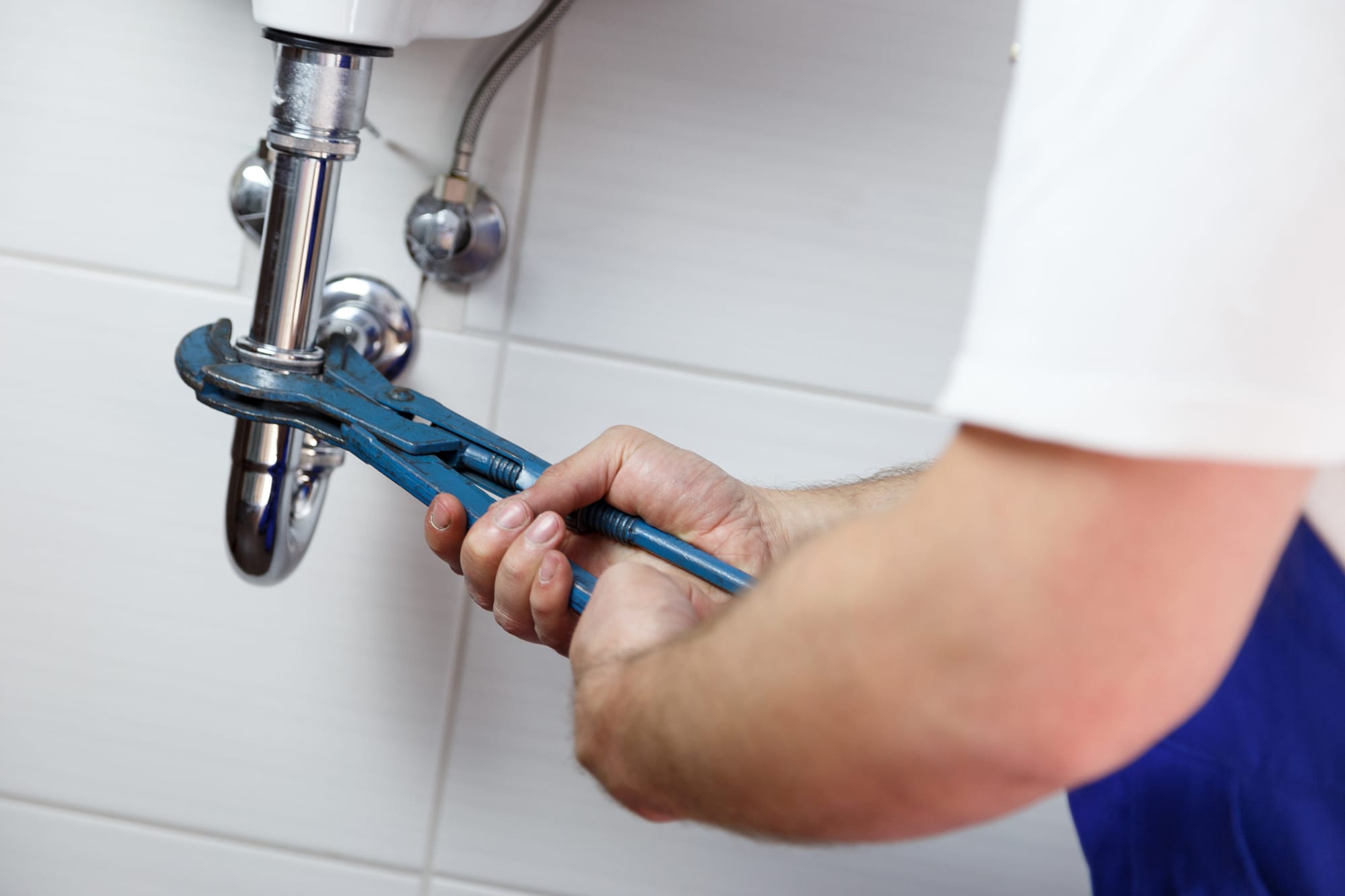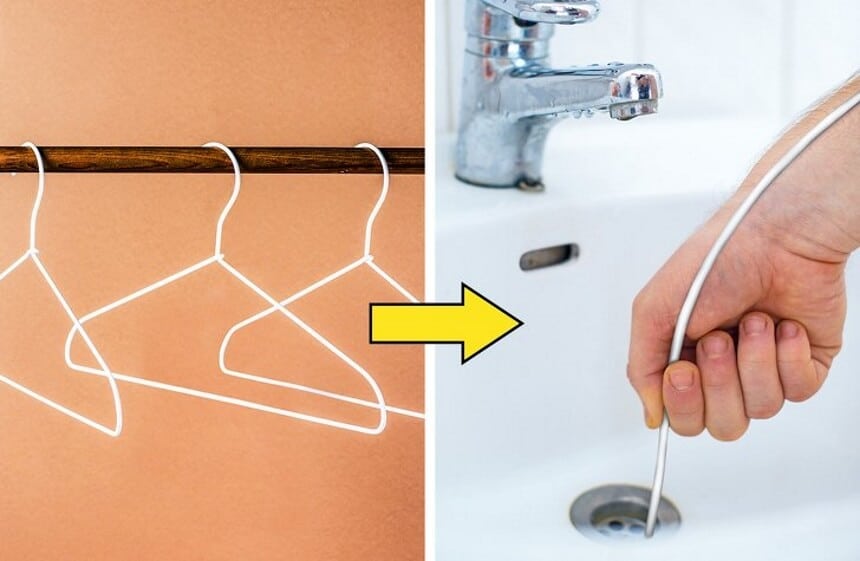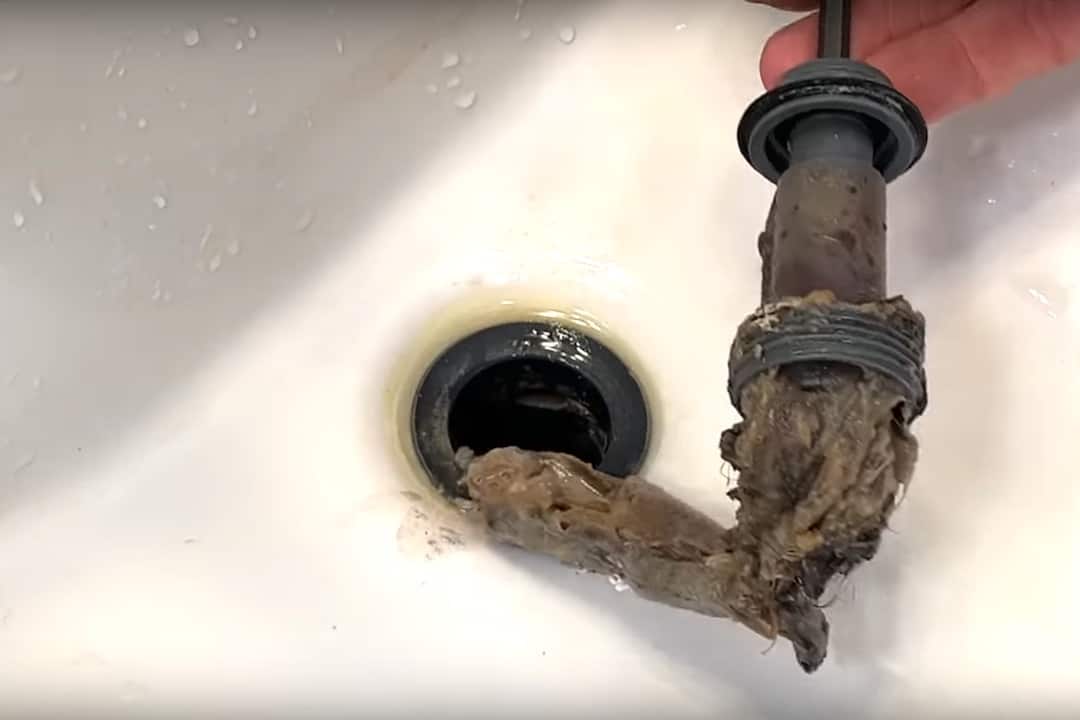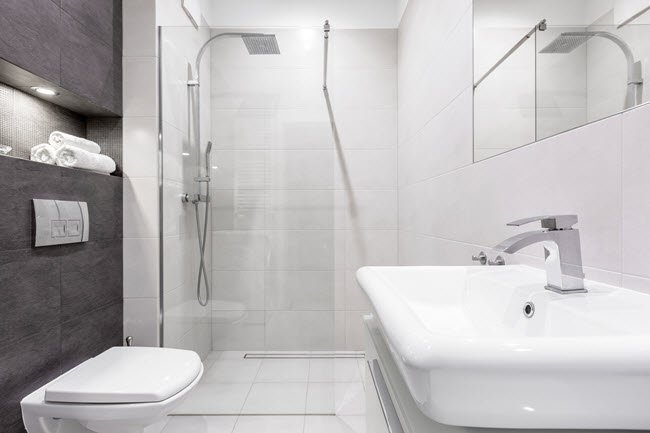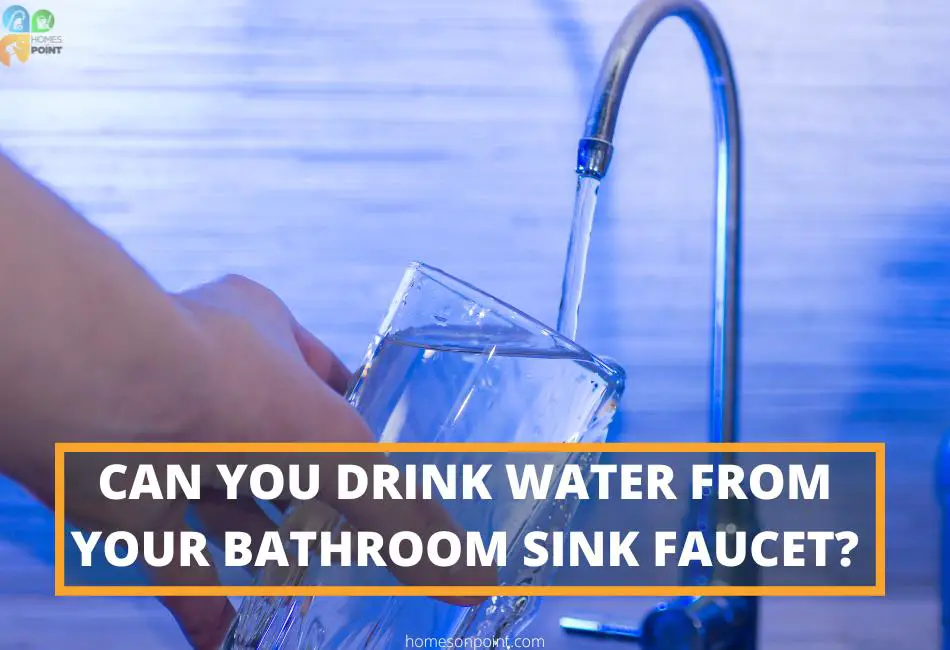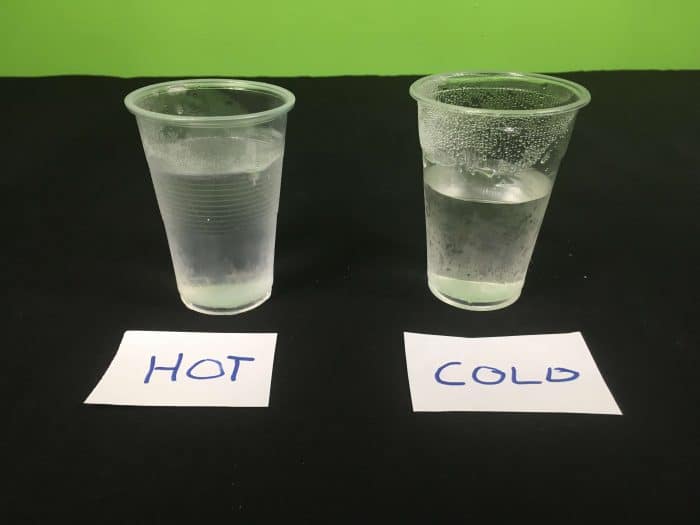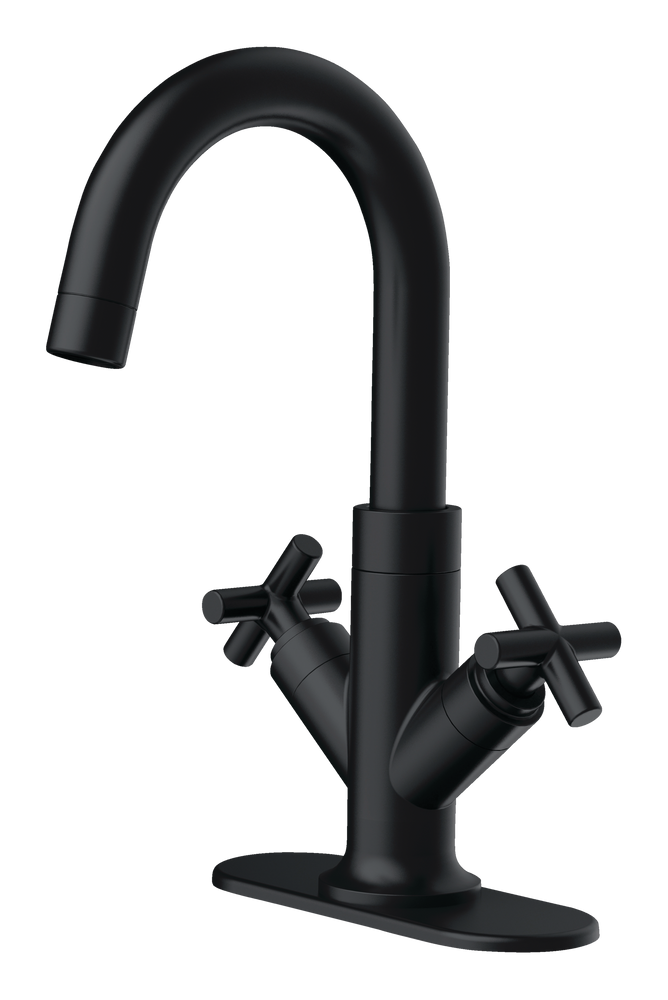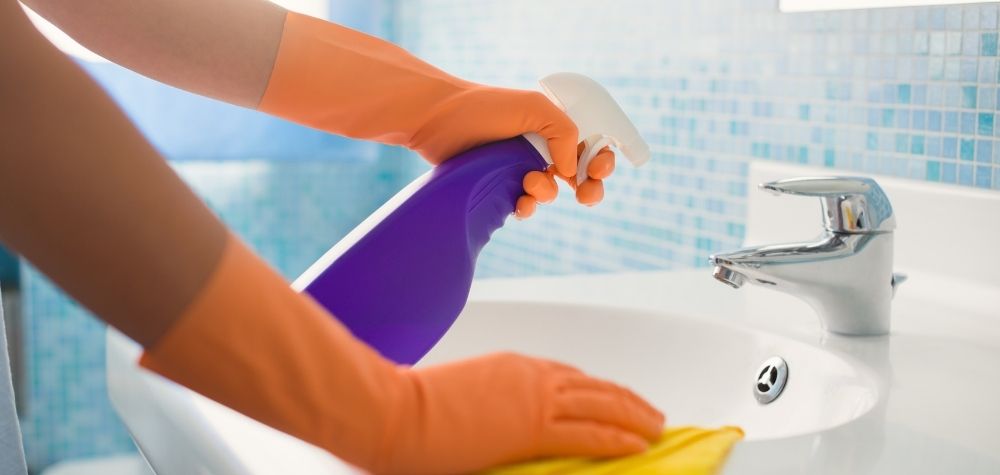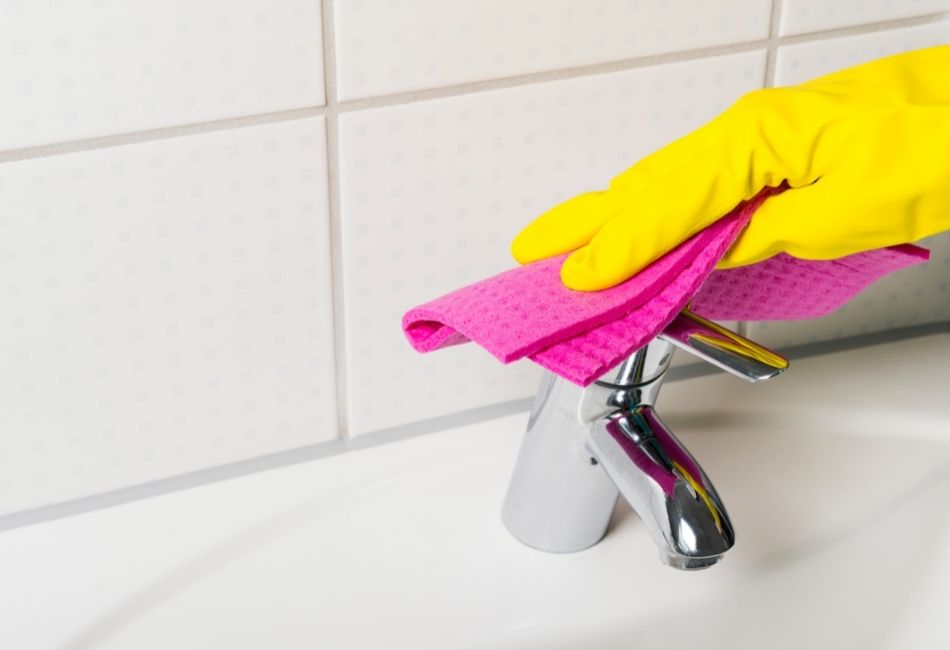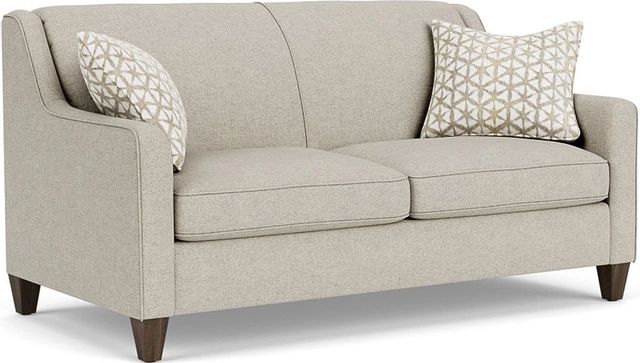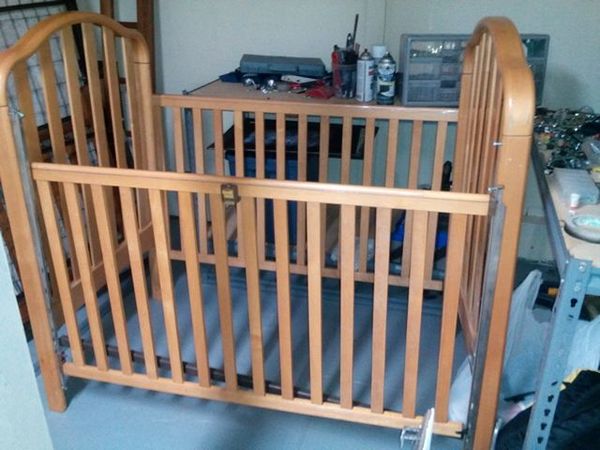If you've ever woken up on a cold winter morning and found that your bathroom sink's cold water is frozen, you know how frustrating it can be. Not only does it make your morning routine more difficult, but it can also lead to bigger problems like burst pipes and water damage. But don't worry, we've got you covered. In this article, we'll go over the top 10 ways to deal with a frozen bathroom sink and get your cold water flowing again.Frozen Bathroom Sink: How to Fix a Frozen Faucet
The first step in dealing with a frozen bathroom sink is to thaw out the frozen pipes. This can be done in a few different ways: 1. Use a Hair Dryer: If you have access to a hair dryer, you can use it to gently warm the frozen pipes. Make sure to keep the hair dryer on a low setting and move it back and forth along the pipes to avoid overheating and causing damage. 2. Apply Warm Towels: Another method is to wrap warm towels around the frozen pipes. This will help to slowly thaw the ice without applying too much heat at once. 3. Use a Space Heater: If the frozen pipes are in a larger area, such as under the sink, you can use a space heater to warm up the space and thaw the pipes. Just make sure to keep a safe distance between the heater and any flammable materials.How to Thaw a Frozen Bathroom Sink
Of course, the best way to deal with a frozen bathroom sink is to prevent it from happening in the first place. Here are some tips to keep your pipes from freezing: 1. Insulate Your Pipes: If you live in an area with cold winters, it's a good idea to insulate your pipes to protect them from freezing. You can use foam pipe insulation or even wrap them in old towels or blankets. 2. Keep a Steady Temperature: Try to keep the temperature in your bathroom at a consistent level. If you're going away for a few days, make sure to leave the heat on or have someone check on your home to prevent freezing pipes. 3. Let the Faucet Drip: If you know there's a chance of freezing temperatures, you can prevent frozen pipes by leaving a small trickle of water running from your faucet. This will keep the water moving and prevent it from freezing.Preventing Frozen Pipes in Your Bathroom Sink
While it's more common for the pipes leading to your bathroom sink to freeze, the drain can also become frozen. This can cause water to back up and create a clog. Here's how to deal with a frozen bathroom sink drain: 1. Use Hot Water: Boil a pot of water and carefully pour it down the drain. This will help to melt the ice and clear the clog. 2. Use a Plunger: If hot water doesn't work, try using a plunger to push the clog through the pipes. Make sure to use a plunger specifically designed for sinks to avoid damaging the drain. 3. Try a Drain Snake: If the clog is particularly stubborn, you can use a drain snake to physically remove the blockage. Just be cautious not to push too hard and damage the pipes.Dealing with a Frozen Bathroom Sink Drain
If you're dealing with a frozen bathroom sink drain, you may also have a clog that needs to be cleared. Here are some tips for unclogging a frozen bathroom sink: 1. Use a Baking Soda and Vinegar Mixture: Mix equal parts baking soda and white vinegar and pour it down the drain. Let it sit for 10-15 minutes, then pour hot water down the drain to clear the clog. 2. Use a Plumber's Snake: As mentioned before, a plumber's snake can be used to physically remove the clog. This is a more effective method for stubborn clogs. 3. Call a Professional: If all else fails, it's best to call a professional plumber to properly unclog your frozen bathroom sink. They have the experience and tools to get the job done without causing damage to your pipes.How to Unclog a Frozen Bathroom Sink
When dealing with a frozen bathroom sink, there are a few tips to keep in mind to make the process smoother: 1. Be Gentle: When thawing frozen pipes, it's important to be gentle to avoid causing damage. Never use a blowtorch or other high heat source to thaw the pipes. 2. Check for Leaks: After thawing your pipes, make sure to check for any leaks before using your sink again. If you notice any leaks, call a professional plumber to fix the issue. 3. Keep a Backup Plan: It's always a good idea to have a backup plan in case your bathroom sink's cold water freezes again. Keep a supply of bottled water or use an alternate sink until the issue is resolved.Tips for Thawing a Frozen Bathroom Sink
If your bathroom sink's cold water is frozen, it's important not to panic. Follow the steps outlined in this article to safely and effectively thaw your pipes and get your cold water flowing again. If you're not comfortable attempting these methods yourself, don't hesitate to call a professional plumber. They can quickly and safely thaw your frozen pipes and ensure there are no further issues.What to Do When Your Bathroom Sink's Cold Water is Frozen
Once you've dealt with a frozen bathroom sink, you'll want to take steps to prevent it from happening again in the future. Here are some tips to keep your bathroom sink's cold water from freezing: 1. Keep the Heat On: In colder months, make sure to keep the heat on in your home to prevent pipes from freezing. 2. Insulate Your Pipes: As mentioned before, insulating your pipes can go a long way in preventing freezing. 3. Use a Space Heater: If you notice your pipes are prone to freezing, you can use a space heater to warm the area around them and prevent freezing.How to Keep Your Bathroom Sink's Cold Water from Freezing
If your bathroom sink's cold water is frozen, it's likely that the faucet itself is also frozen. Here are some things to check when troubleshooting a frozen bathroom sink faucet: 1. Check the Temperature: Make sure the temperature in your bathroom is warm enough to prevent freezing. If it's too cold, try using a space heater to warm the room. 2. Check for Leaks: If you notice any leaks around the faucet, it's a sign that something may be wrong with the pipes or faucet itself. Call a professional plumber to inspect and fix the issue. 3. Inspect the Faucet: If the faucet itself is frozen, try using a hair dryer to gently thaw the ice. If this doesn't work, call a plumber for assistance.Troubleshooting a Frozen Bathroom Sink Faucet
Lastly, once you've successfully thawed your frozen bathroom sink, you'll want to take steps to prevent it from happening again. Here are some tips to keep your bathroom sink's cold water from freezing: 1. Keep the Faucet Running: As mentioned before, leaving a small trickle of water running from your faucet can prevent the pipes from freezing. 2. Check for Leaks: Regularly check for any leaks or signs of freezing in your bathroom sink's pipes. Catching issues early can prevent bigger problems down the road. 3. Call a Professional: If you're unsure about how to properly prevent your bathroom sink's cold water from freezing, don't hesitate to call a professional plumber. They can offer advice and make necessary repairs to prevent future freezing.How to Prevent Your Bathroom Sink's Cold Water from Freezing Again
The Importance of Proper House Design for Frozen Bathroom Sink Cold Water
/close-up-of-overflowing-bathroom-sink-90201417-579787783df78ceb865822d8.jpg)
Creating a Functional and Aesthetically-Pleasing Space
 When it comes to designing a house, there are many factors to consider. From the layout and flow of the rooms to the color scheme and furniture choices, every detail plays a role in creating a comfortable and inviting space. One often overlooked aspect of house design is the plumbing system, specifically the
bathroom sink cold water
supply. This may seem insignificant, but it can greatly affect the functionality and overall look of your bathroom. Let's explore the importance of proper house design for
frozen
bathroom sink cold water and how it can impact your daily life.
When it comes to designing a house, there are many factors to consider. From the layout and flow of the rooms to the color scheme and furniture choices, every detail plays a role in creating a comfortable and inviting space. One often overlooked aspect of house design is the plumbing system, specifically the
bathroom sink cold water
supply. This may seem insignificant, but it can greatly affect the functionality and overall look of your bathroom. Let's explore the importance of proper house design for
frozen
bathroom sink cold water and how it can impact your daily life.
Preventing Frozen Pipes and Water Supply
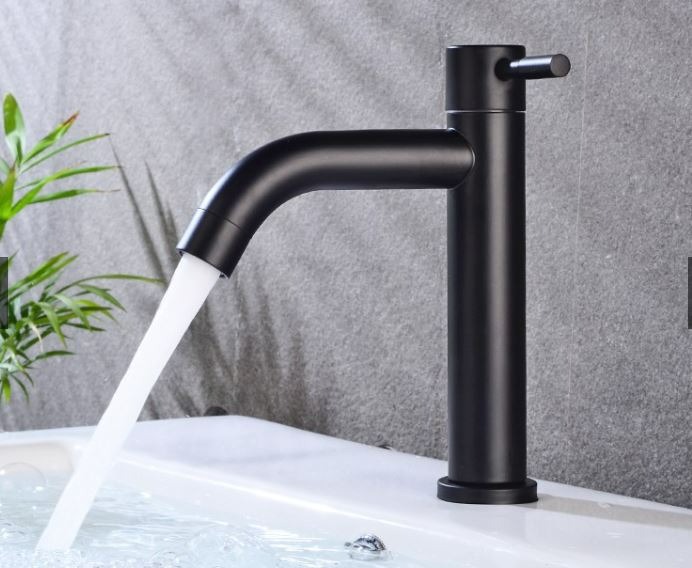 During colder months, frozen pipes and water supply can be a common problem for many households. This is especially true for bathroom sinks, as they are often located on exterior walls and have direct exposure to harsh outdoor temperatures. When the temperature drops, the water in the pipes can freeze, causing them to burst and potentially leading to costly repairs. This not only disrupts your daily routine but can also be a safety hazard. Therefore, it is crucial to consider the placement and insulation of your bathroom sink when designing your house to prevent
freezing
cold water supply.
During colder months, frozen pipes and water supply can be a common problem for many households. This is especially true for bathroom sinks, as they are often located on exterior walls and have direct exposure to harsh outdoor temperatures. When the temperature drops, the water in the pipes can freeze, causing them to burst and potentially leading to costly repairs. This not only disrupts your daily routine but can also be a safety hazard. Therefore, it is crucial to consider the placement and insulation of your bathroom sink when designing your house to prevent
freezing
cold water supply.
Ensuring Adequate Insulation and Heating
 One way to prevent frozen bathroom sink cold water is to properly insulate the pipes. This can be done by using insulating materials such as foam or heat tape, which can be easily installed by a professional plumber. Another important aspect to consider is the heating system in your house. Proper heating not only keeps you warm and comfortable but also helps to keep your pipes and water supply from
freezing
. Make sure to have a reliable heating system in place and regularly check for any malfunctions or maintenance needs.
One way to prevent frozen bathroom sink cold water is to properly insulate the pipes. This can be done by using insulating materials such as foam or heat tape, which can be easily installed by a professional plumber. Another important aspect to consider is the heating system in your house. Proper heating not only keeps you warm and comfortable but also helps to keep your pipes and water supply from
freezing
. Make sure to have a reliable heating system in place and regularly check for any malfunctions or maintenance needs.
Creating a Cohesive and Stylish Bathroom Design
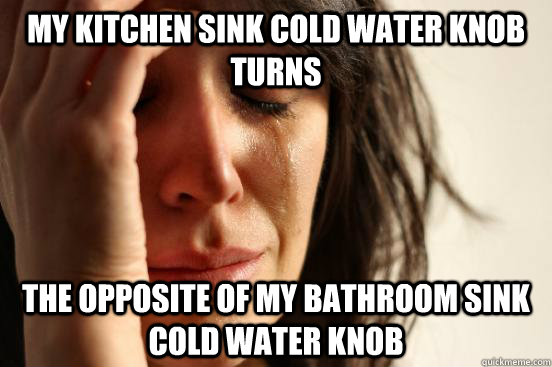 Aside from the functional aspect, proper house design for
frozen
bathroom sink cold water also plays a role in creating a cohesive and stylish bathroom. A poorly designed bathroom can be an eyesore and affect the overall aesthetic of your house. By designing a functional and well-insulated bathroom sink, you can avoid unsightly pipes and bulky insulation materials, allowing for a cleaner and more polished look. This also opens up more design possibilities for your bathroom, such as choosing a sleek and modern sink without worrying about insulation or pipe placement.
In conclusion, proper house design is essential for preventing
frozen
bathroom sink cold water and ensuring a functional and visually appealing space. From preventing frozen pipes and water supply to creating a cohesive and stylish bathroom, every detail should be carefully considered when designing your house. So if you're planning to build or renovate a house, make sure to prioritize the plumbing system and give your bathroom sink the attention it deserves.
Aside from the functional aspect, proper house design for
frozen
bathroom sink cold water also plays a role in creating a cohesive and stylish bathroom. A poorly designed bathroom can be an eyesore and affect the overall aesthetic of your house. By designing a functional and well-insulated bathroom sink, you can avoid unsightly pipes and bulky insulation materials, allowing for a cleaner and more polished look. This also opens up more design possibilities for your bathroom, such as choosing a sleek and modern sink without worrying about insulation or pipe placement.
In conclusion, proper house design is essential for preventing
frozen
bathroom sink cold water and ensuring a functional and visually appealing space. From preventing frozen pipes and water supply to creating a cohesive and stylish bathroom, every detail should be carefully considered when designing your house. So if you're planning to build or renovate a house, make sure to prioritize the plumbing system and give your bathroom sink the attention it deserves.


:format(jpg)/2062701/original.jpg)


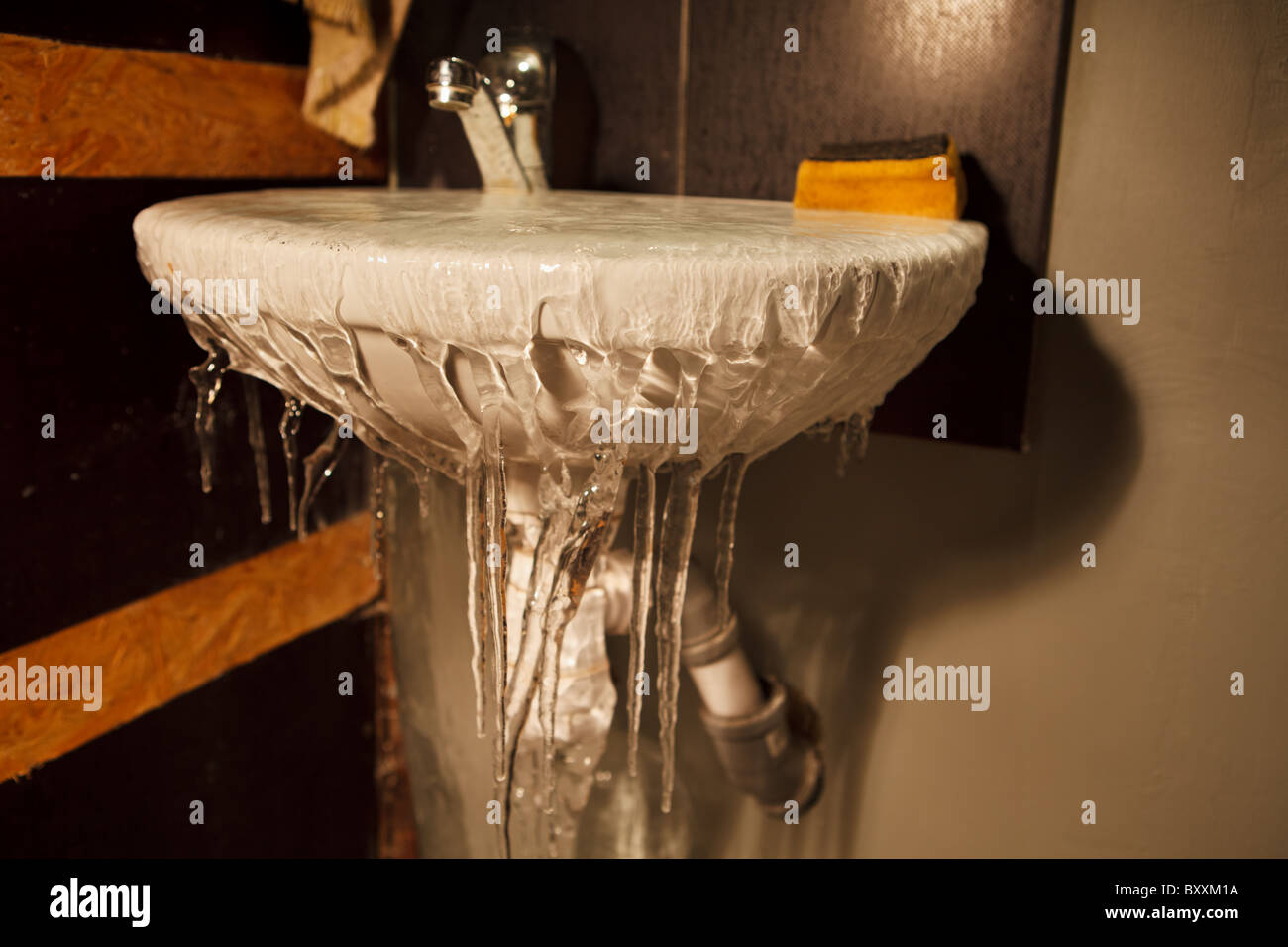





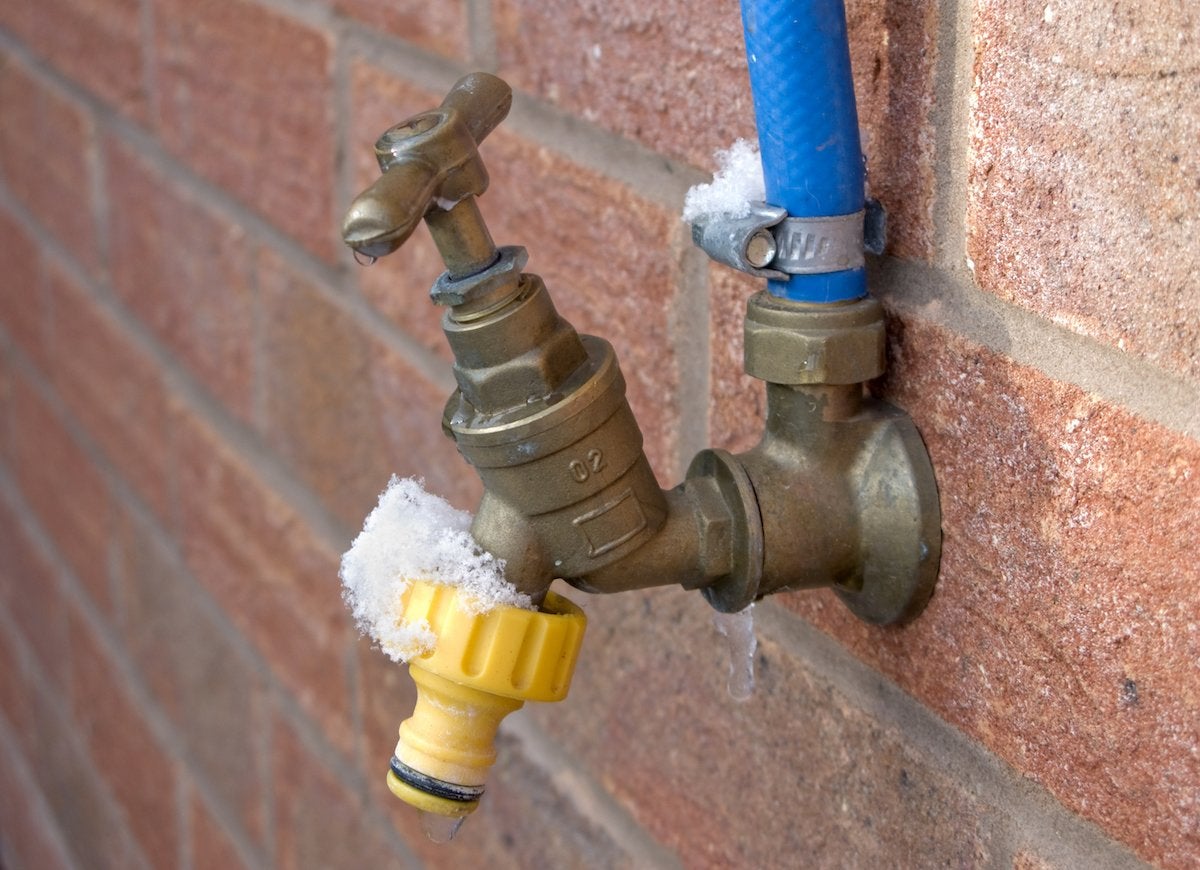








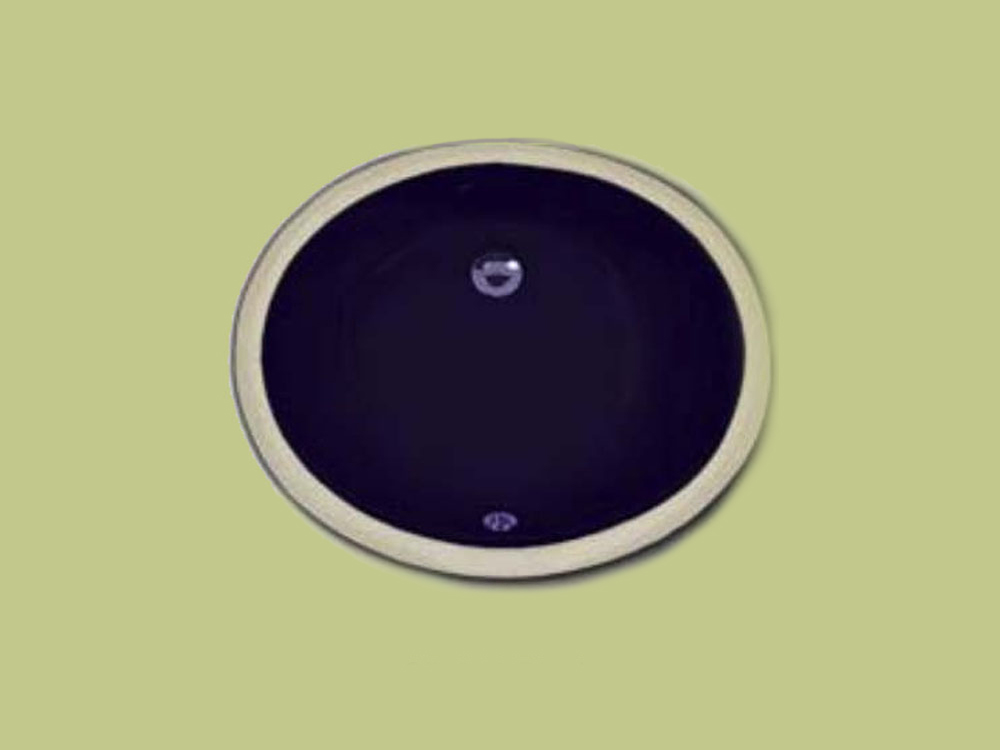

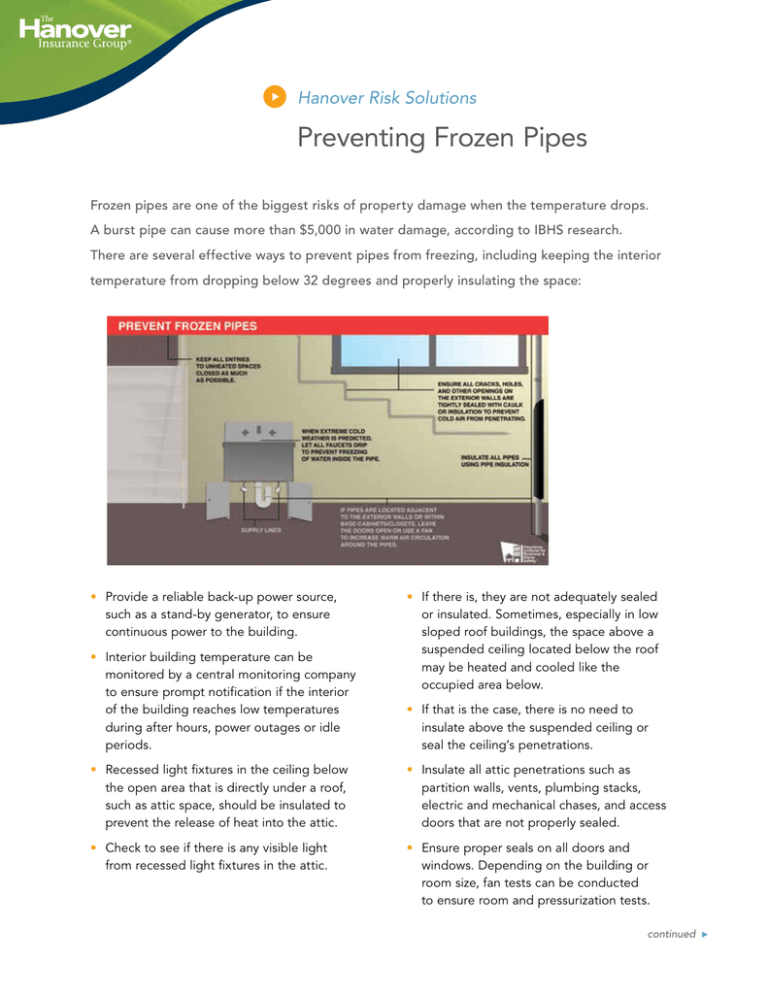

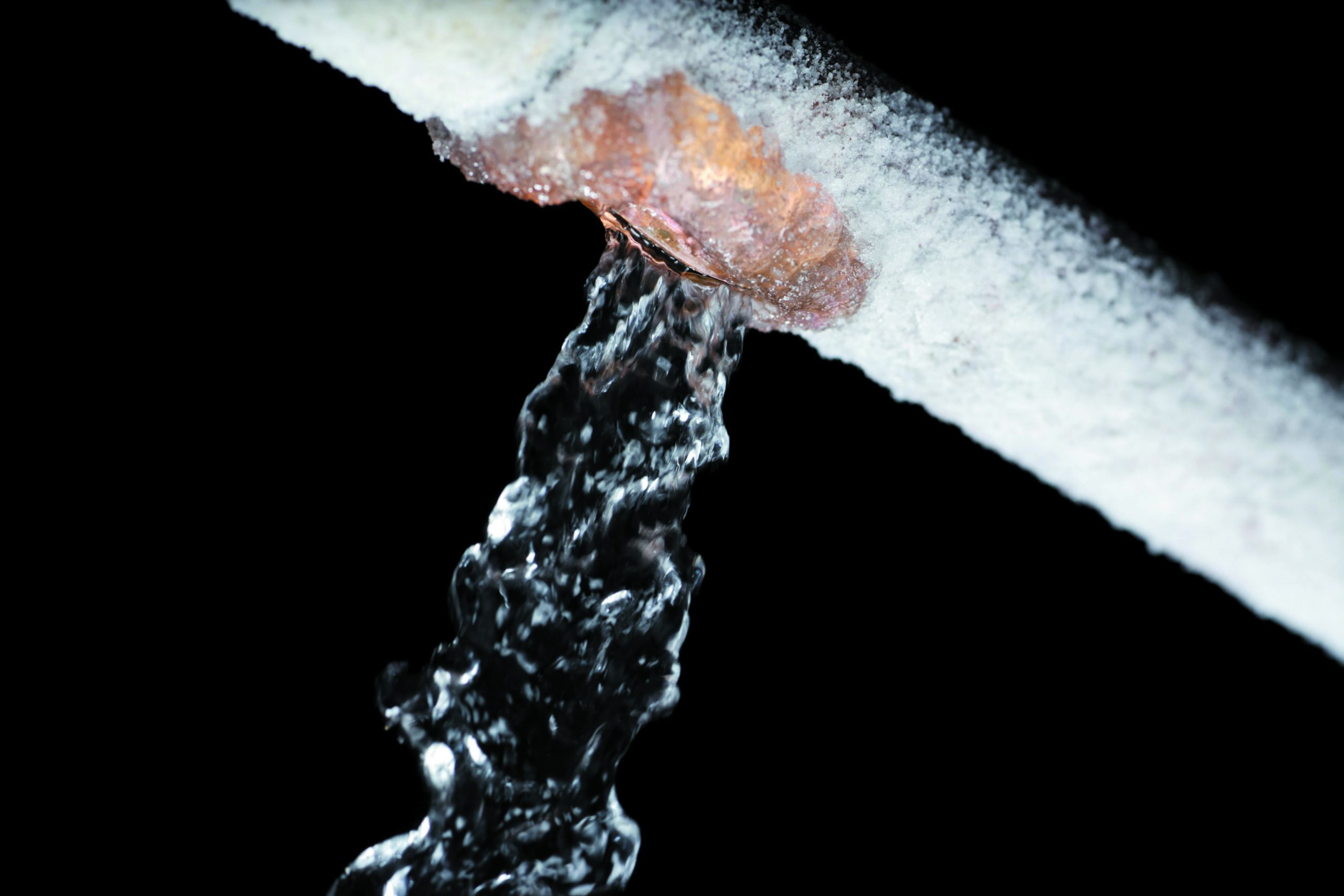
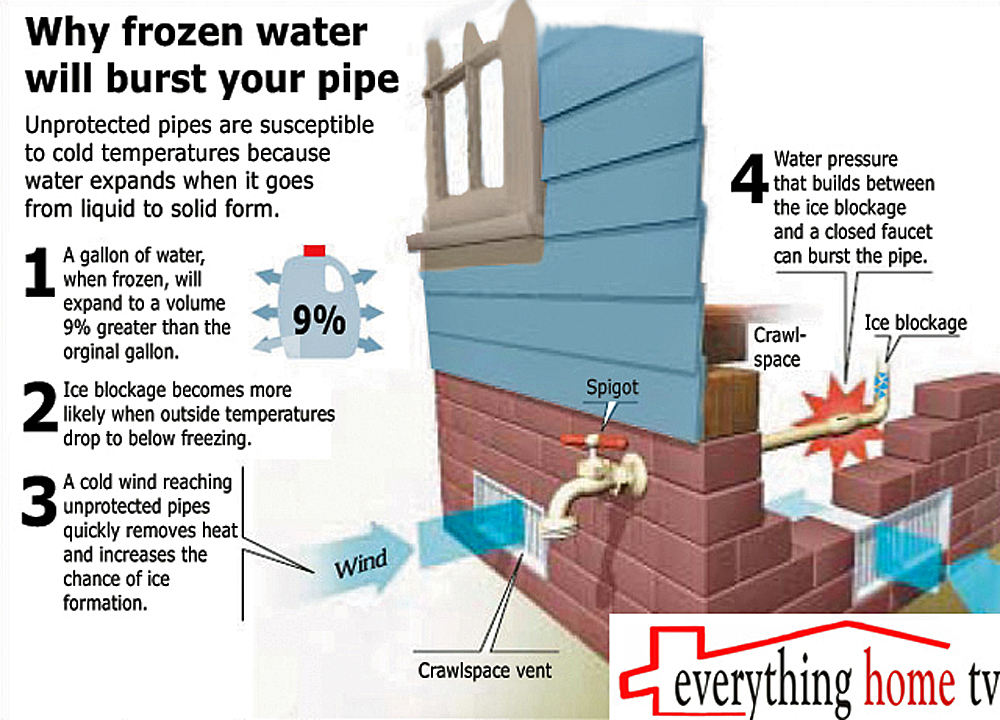
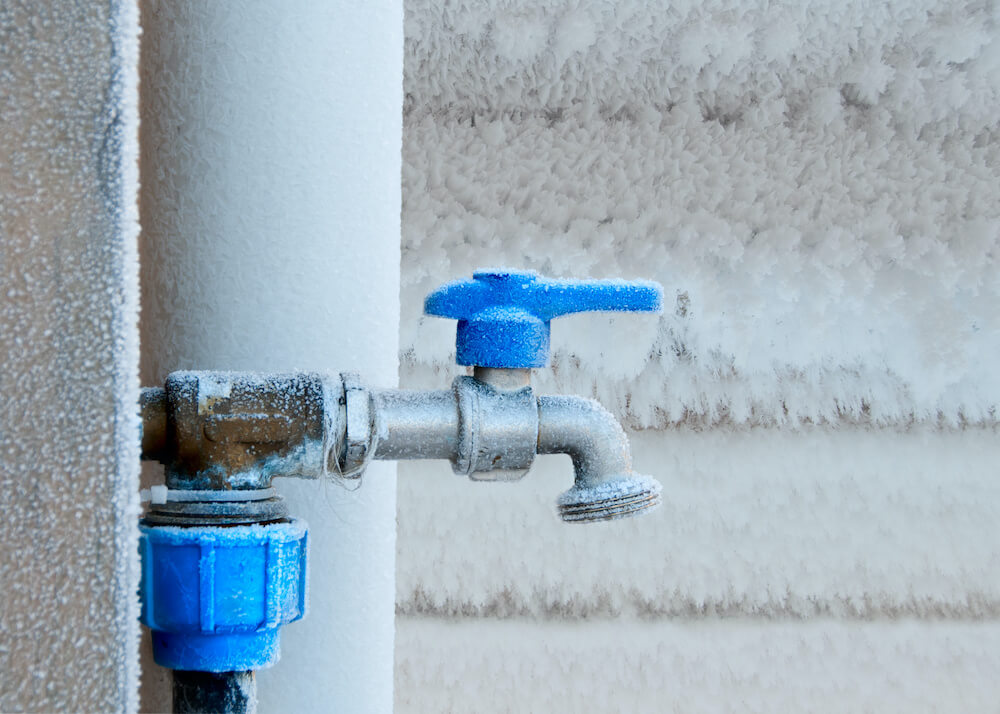














:max_bytes(150000):strip_icc()/bathroom-sink-drain-installation-2718843-02-61e5ecbee1e949be8d8f45ac4f5a6797.jpg)






